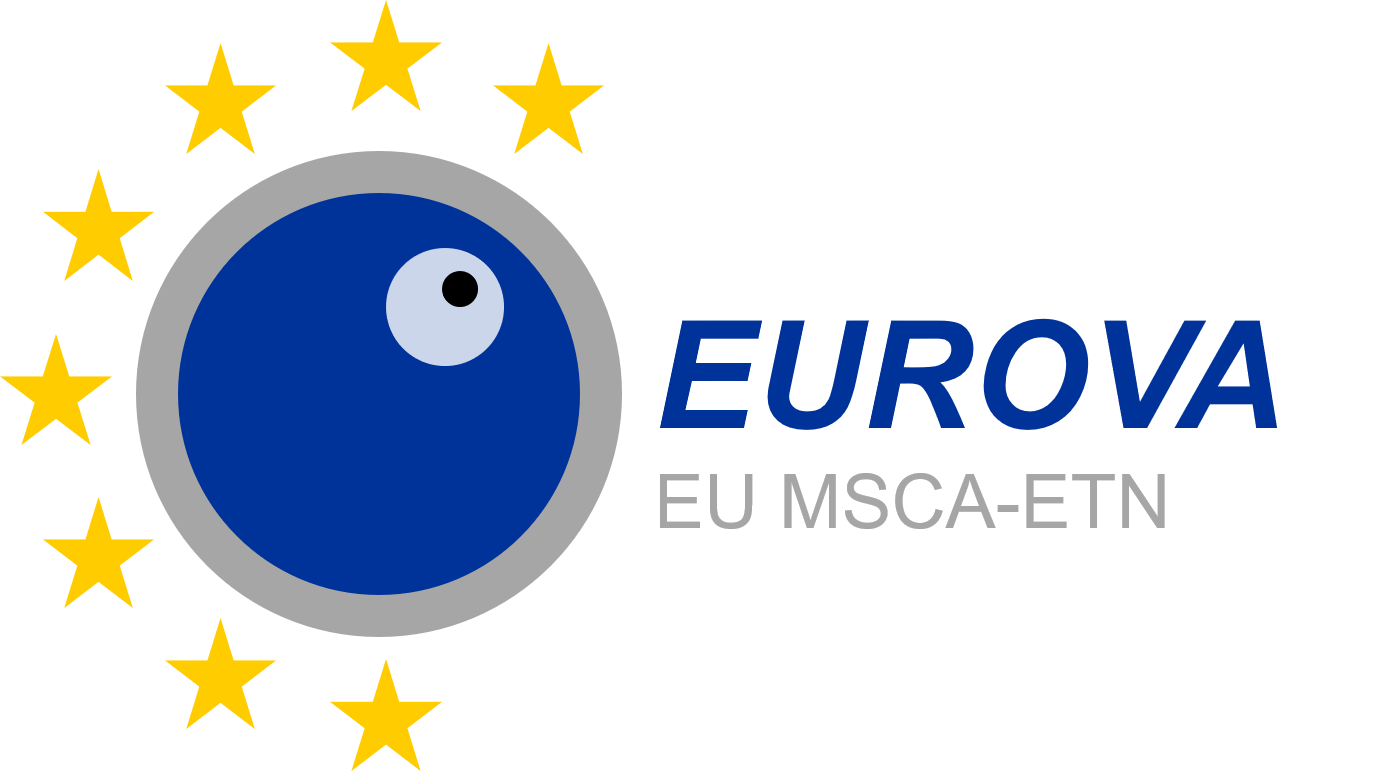ESR Blog post #2 "A Trip of firsts..." by Raffaella Simone, ESR 14
“Raffaella, I was thinking, maybe it could be interesting for you to join us on our next trip to Kenya in December”. These were Prof. Hildebrandt's specific words when he kindly asked me to join him and the team on a business trip in Kenya last October (on my birthday, no less!).
But… now let's start from the beginning.
Hi everyone! I’m Raffaella, EUROVA consortium ESR 14. I come from Italy and last September I moved to Berlin to pursue my PhD at the Leibniz Institute for Zoo and Wildlife research, under the supervision of Prof. Dr. Thomas Hildebrandt. As an embryologist, the goal of my project is to bring together assisted reproductive knowledge acquired in several years in different fields, from humans, to livestock and farm animals, in order to be applied as a holistic approach to wildlife conservation. Prof. Hildebrandt is a pioneer in wildlife conservation, especially in the Northern White Rhinoceros (NWR) subspecies. He is the head of the BioRescue project, whose main task is to “bring back” the Northern White Rhinos (sub)species, which is functionally extinct with only 2 females surviving, through Assisted Reproduction Technologies (ART). So... the question you may ask is “why did you go to Kenya?” The last 2 NWR females, the girls Najin and Fatu, are in the Ol Pejeta Conservancy, Kenya, and the team has planned to go there twice per year to retrieve oocytes from them in order to perform the fertilization in vitro. The goal is to obtain viable embryos to transfer into surrogate mothers closely related to NWR. I knew they were going to Kenya last December but I was totally surprised when Prof. Hildebrandt asked me to join them, as I had only been in the program for just 1 month!! Fortunately, it was still October and I had 2 months to get used to the idea, since I had never been to Africa before, and I didn't know what to expect. This trip was “a trip of firsts”: my very first time in Africa, the first time I attended a safari, the first time I saw elephants in the wild along with many other wild animals, which I had seen only in the movie “The Lion King” as a child or in some National Geographic documentary. My words are not enough to describe how excited I was: I was like a kid on Christmas day, opening all her presents. But the most exciting moment was when I met the “girls”, Najin and Fatu in their natural habitat. They were big, calm, majestic, grazing all day long under the vigilant control of armed guards, who keep protecting them 24/7 from poachers. The zookeepers and Prof. Hildebrandt were totally confident and calm around them, while I was a bit nervous even though they seemed harmless. One of the keepers asked me if I was brave enough to touch them (or at least one of them); at first I said no, I was so scared but then I realized this was a unique opportunity for me to see them so close.
And voilá!
During my week of staying, I had the privilege to take part in one of the most advanced surgeries ever performed on rhinos: the ovum pick up. Through this technique, it is possible to collect oocytes from the anesthetized animal which subsequently will be fertilized in vitro to obtain viable embryos. From this particular surgery we collected 14 oocytes from Fatu; Najin unfortunately is quite old and ill. For sure it has been the most amazing experience ever which enriched me professionally and personally. I was able to meet the last two living NWR before their extinction. I think what we are doing together with the EUROVA consortium is extremely meaningful and important in order to allow the conservation of this key stone species of North Africa, but it‘s not enough. My project is one of many where we are trying to save functionally extinct species. I hope this project revives other projects that positively impact- other species that may become extinct due to natural and unnatural threats
Leave a reply

